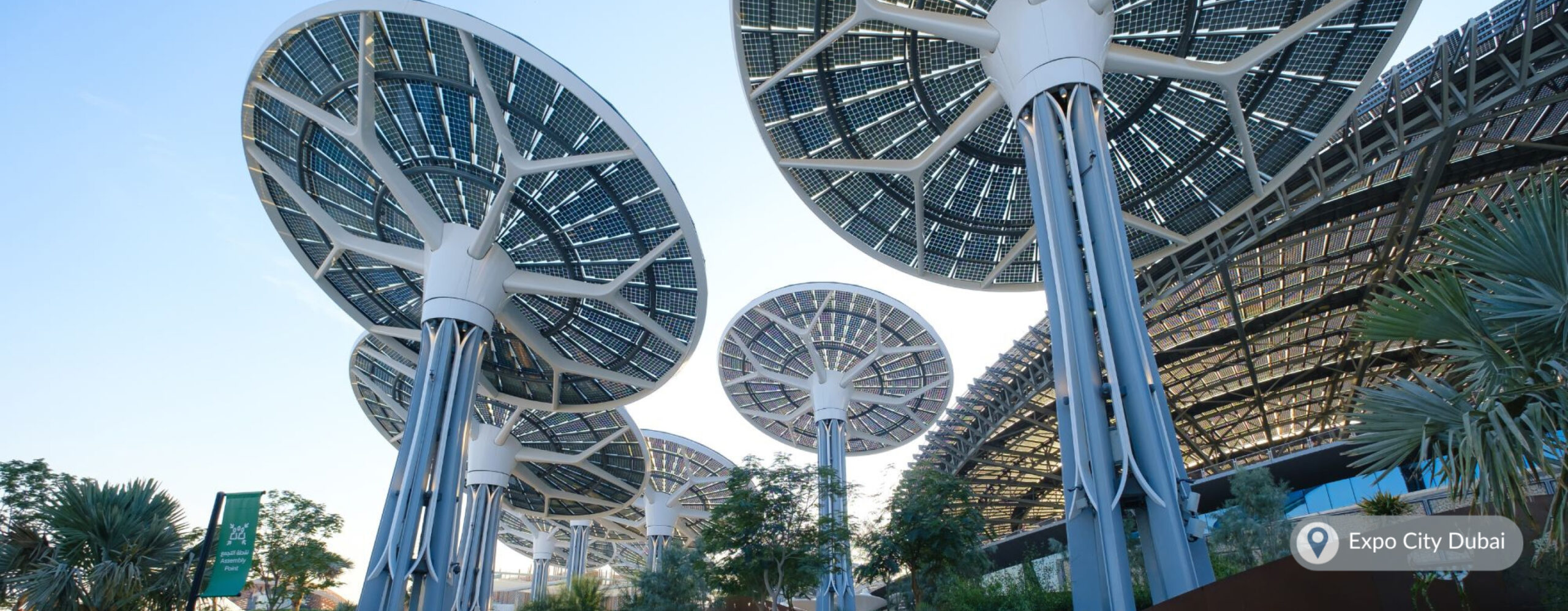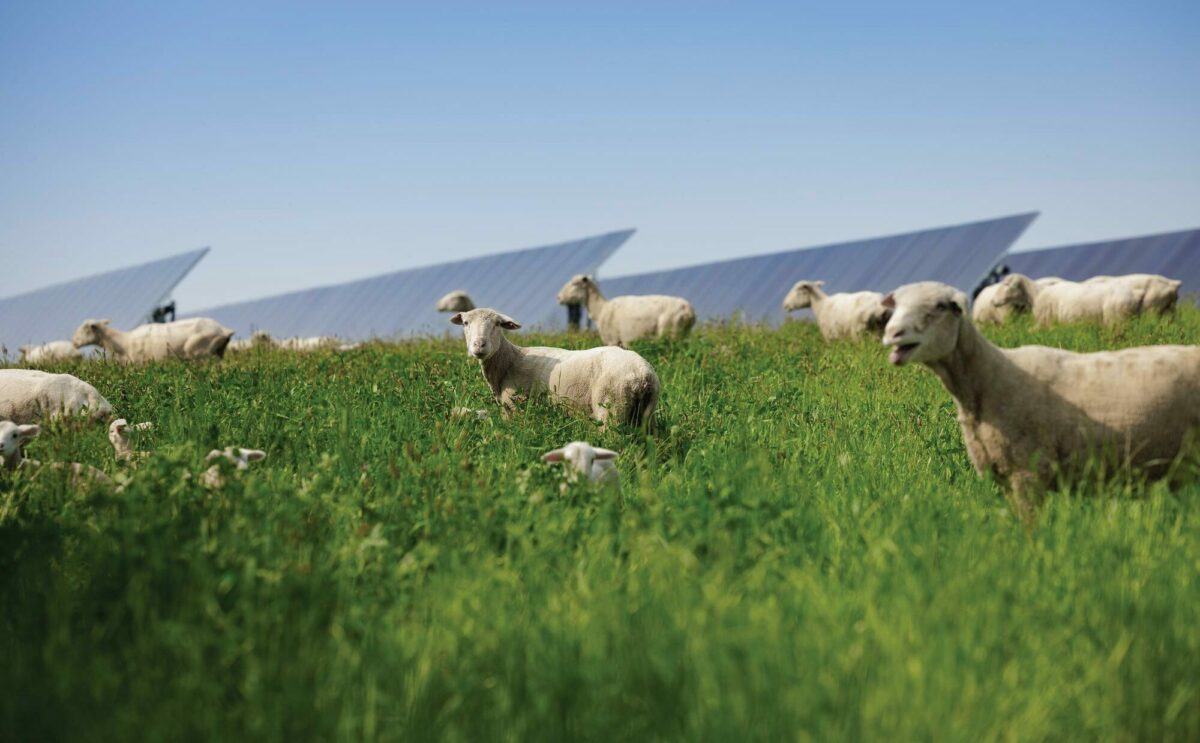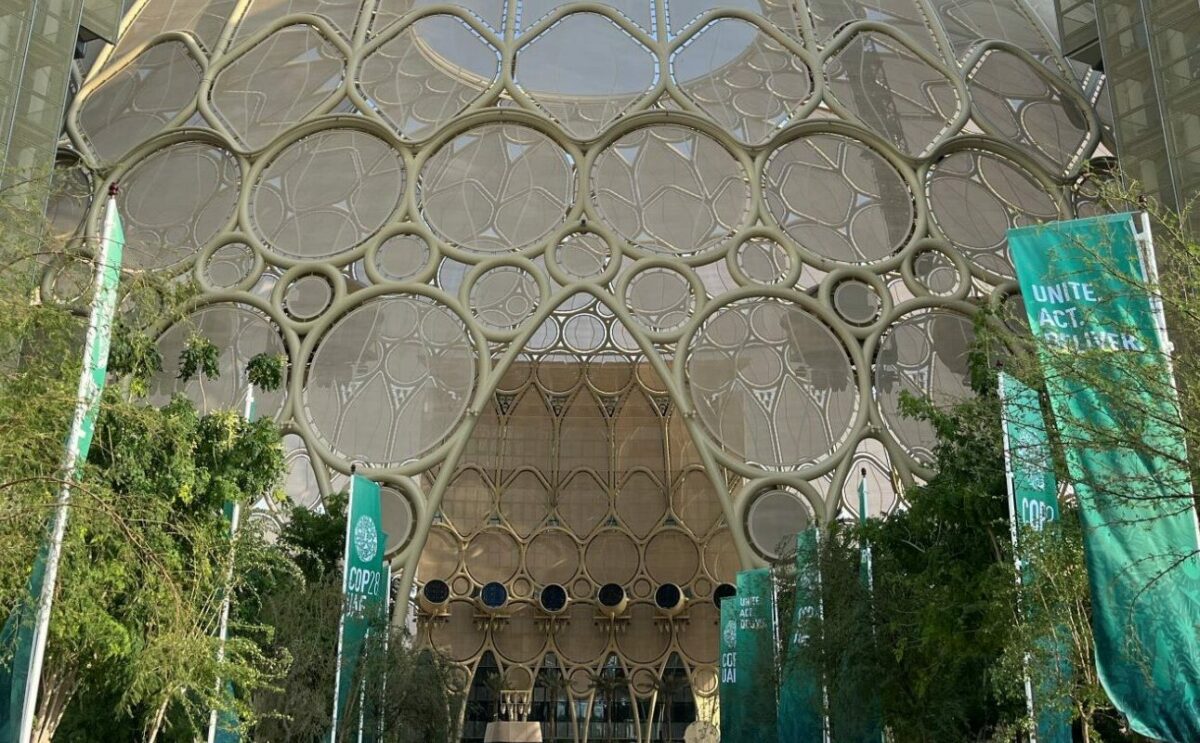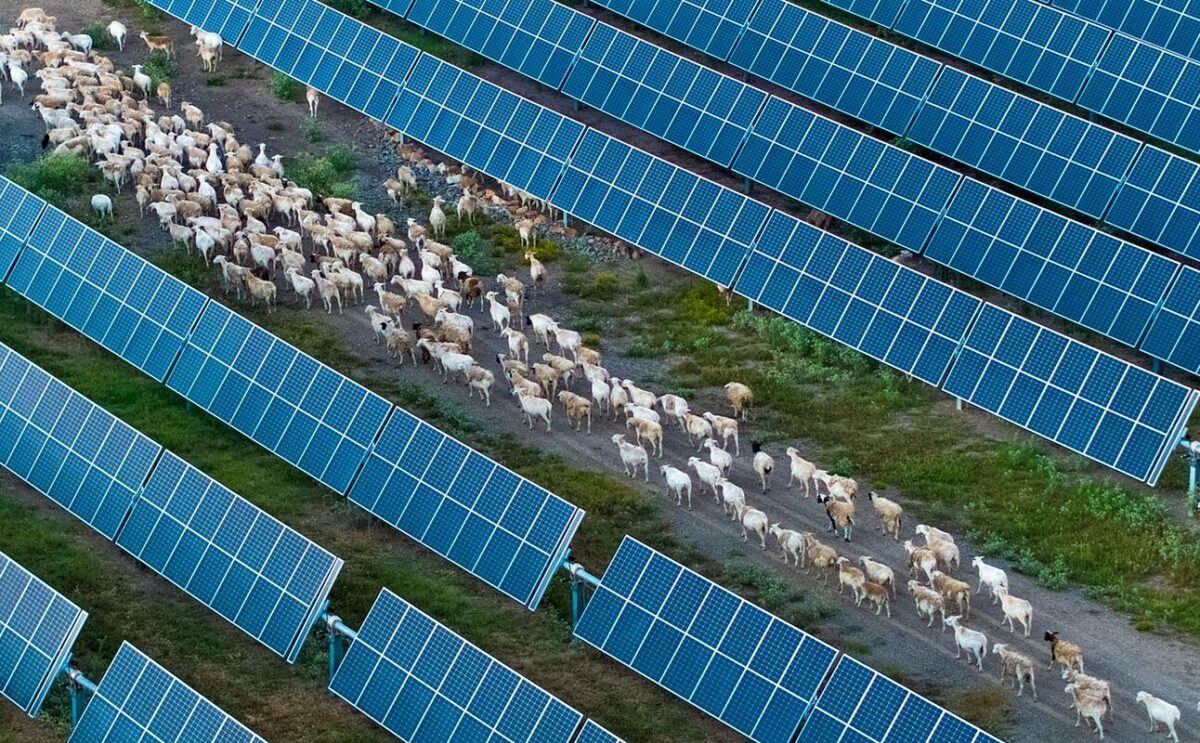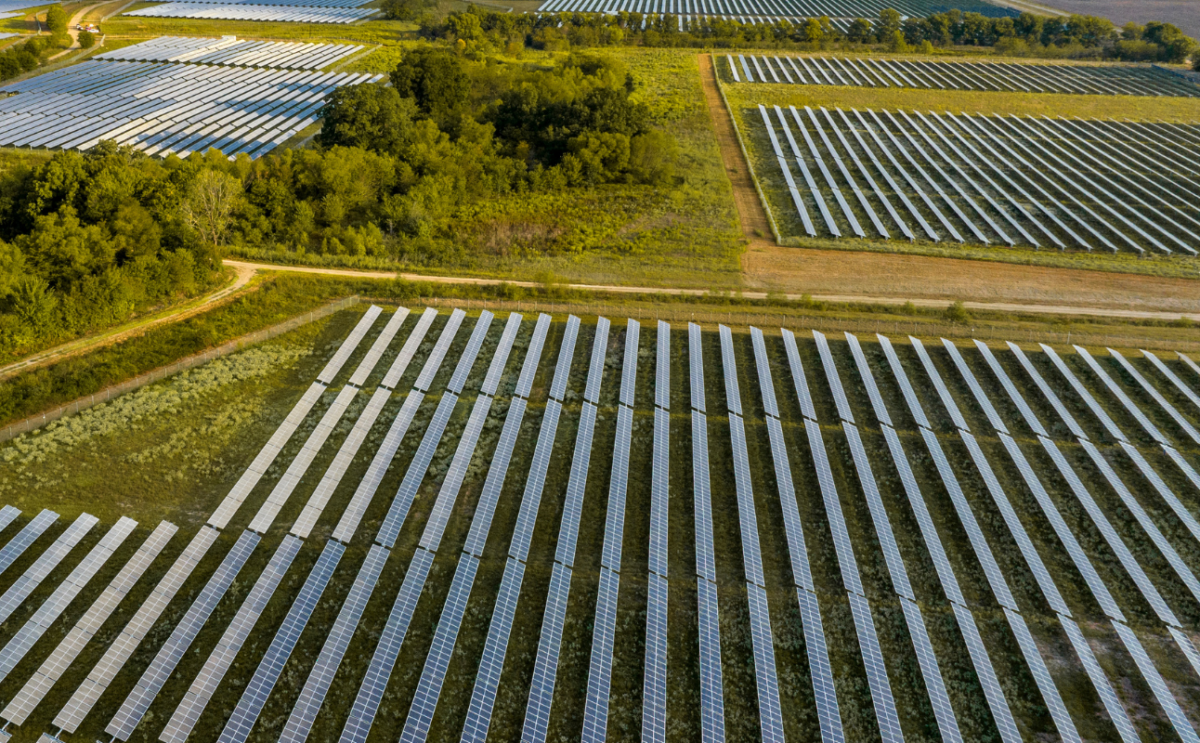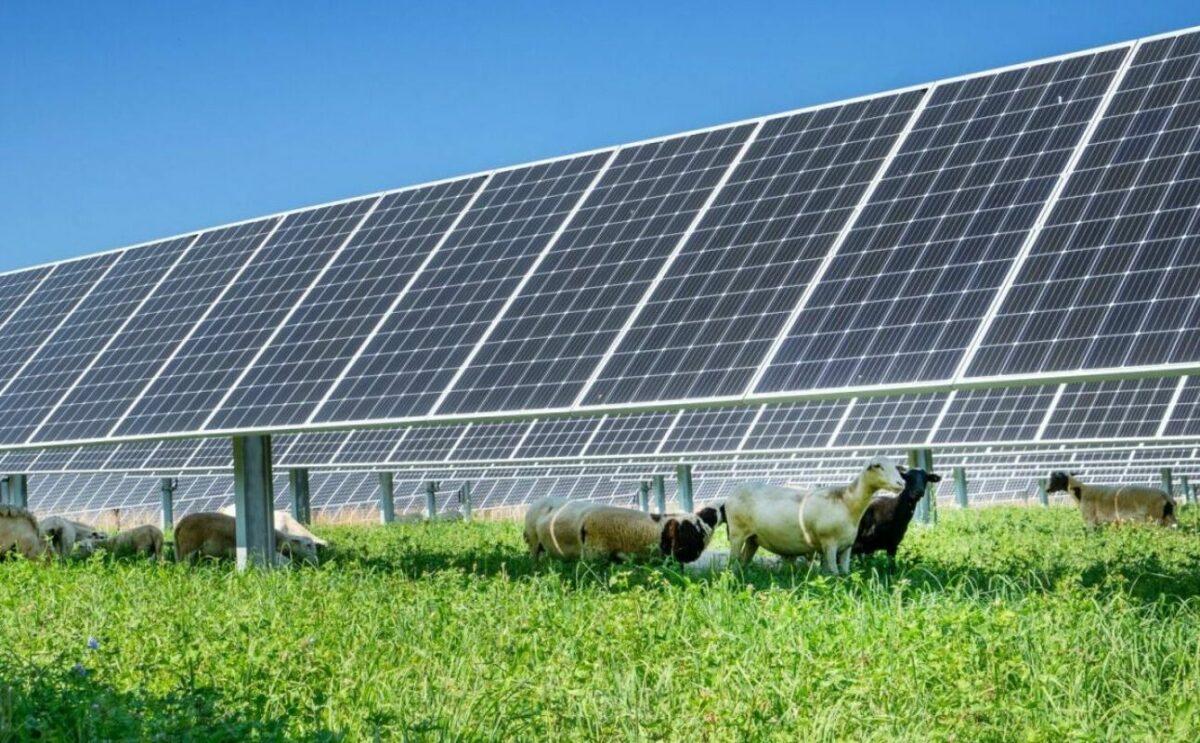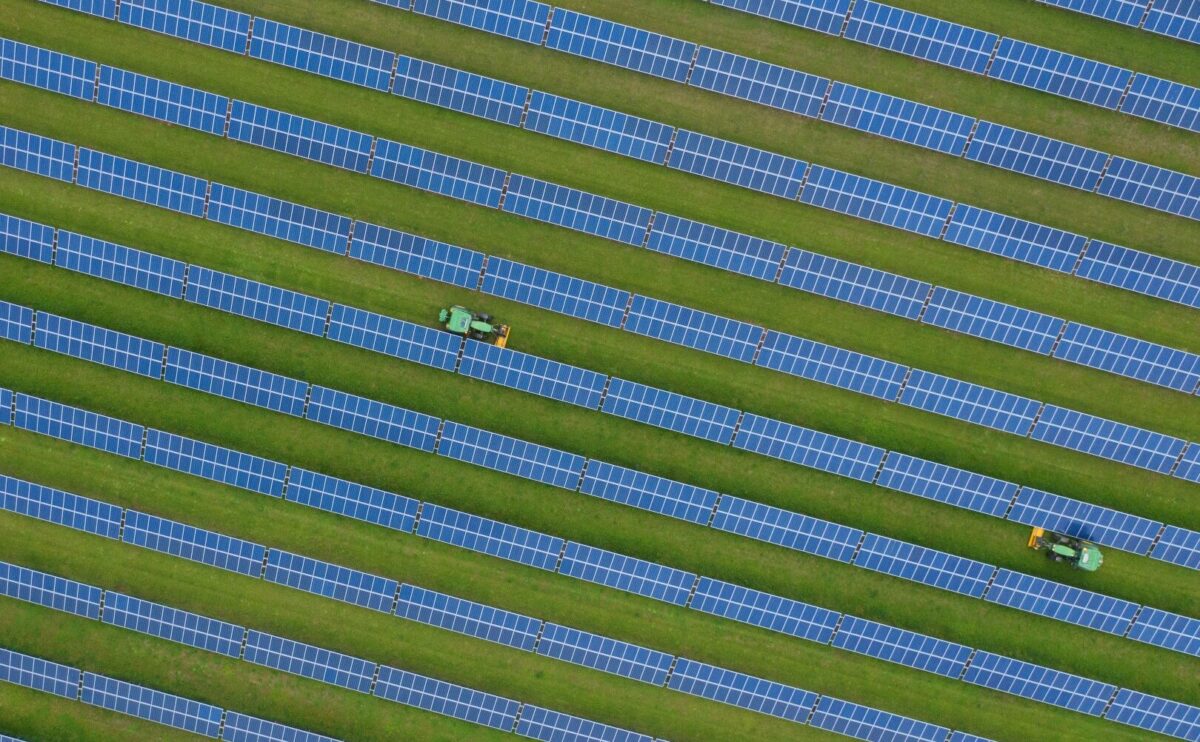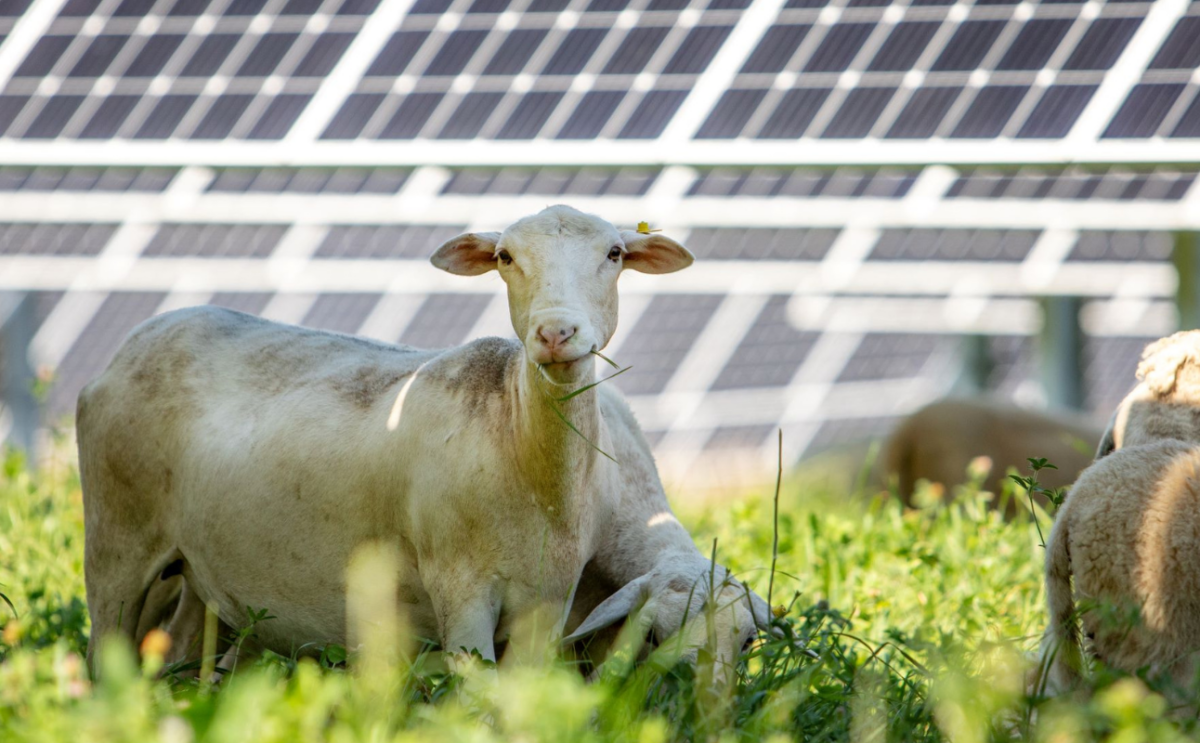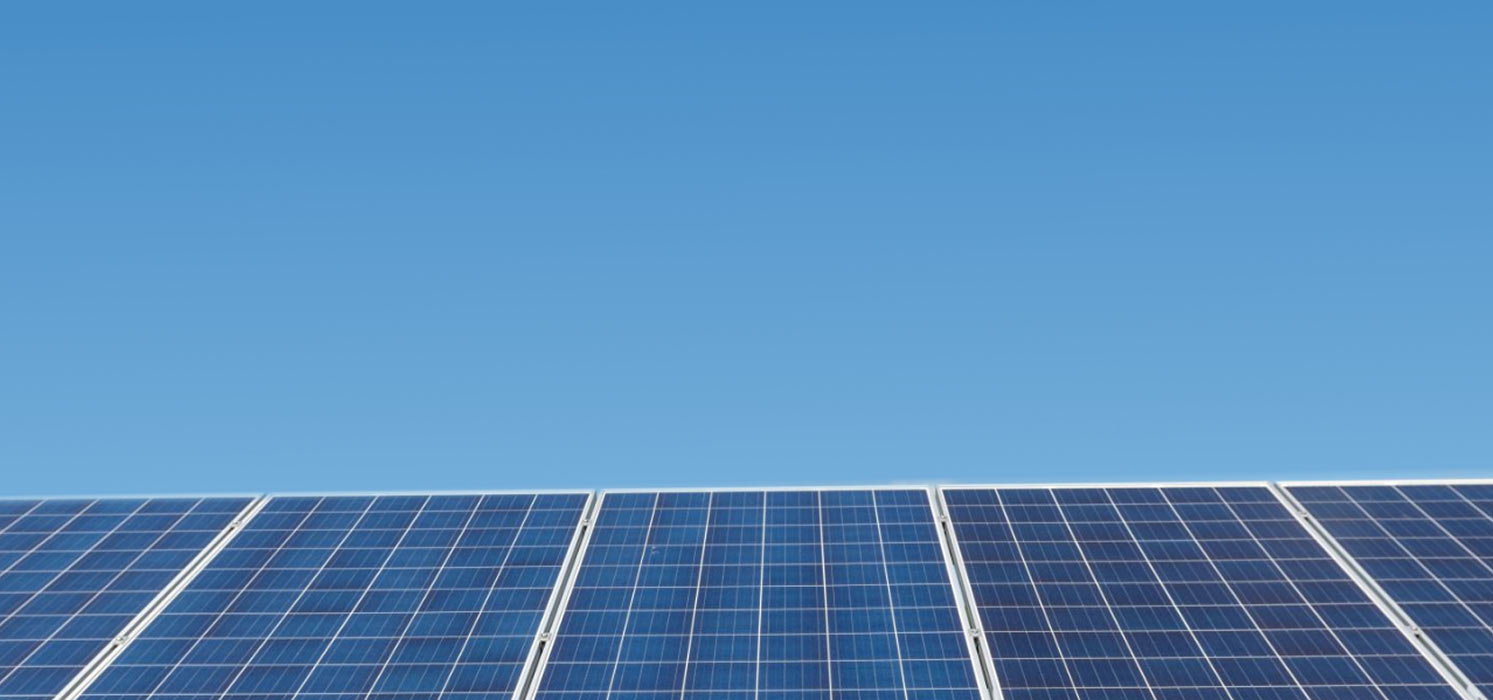COP28 | Solar power for the world's renewable energy transition
COP28 is taking place from 30 November to 12 December, in Dubai, UAE. This year’s United Nations Climate Change Conference (UNCCC) marks a milestone, as the world takes stock on the progress made towards climate change goals, agreed upon since the Paris Agreement in 2015.

Lightsource bp is attending COP28
As the world meets to debate and collaborate on climate action at COP28, Lightsource bp, as one of the world’s leading solar power companies, will advocate for a crucial role for solar power in the energy transition.
For over a decade we’ve been developing, financing and operating utility-scale solar projects across the world. We believe that through sustainable and responsible solar power projects, the world can begin to address the complex and interwoven global issues of climate change, energy security, and affordable power.

Our planet is at crisis-point
Solar power and other types of renewable energy will play a huge part in decarbonising our future. The goal of reaching net zero and shifting to sustainable energy will change the way we travel, eat, make things, and how we heat and cool our homes. These renewable energy technologies exist now, but limiting average global temperature increases to 1.5°C will require immediate action and bold collaboration.

Tenfold increase in solar to hit 1.5°C
To limit average temperature rises to 1.5°C, emissions reductions need to be 45% lower than they would be under existing policies. Business as usual cannot continue.
To meet this, global deployment of solar needs to accelerate by a factor of four this decade. By 2050, this figure increases to a factor of ten – according to International Renewable Energy Agency (IRENA). This is an objective set at the previous COP27 negotiations in Glasgow in 2021 and further supports the Paris Agreement.
At COP28, our aim is to amplify the solar industry’s voice and demonstrate practical pathways to delivering significant energy globally, at the speed required to avert a climate catastrophe. Solar power at scale is foundational to the global effort to limit climate change, but the opportunity will be missed without rapid action.

Updates from Dubai
Related news from Lightsource bp
Reducing our own impact
As well as enabling others to take advantage of low-cost, low-carbon electricity, Lightsource bp is also working to reduce its own impact.
We are working to set out our own science-based greenhouse gas (GHG) emissions targets. We want to lock-in the biodiversity successes we have enjoyed with our projects across our solar farms. And we want diverse and motivated teams delivering our success in the race to stay below 1.5°C.
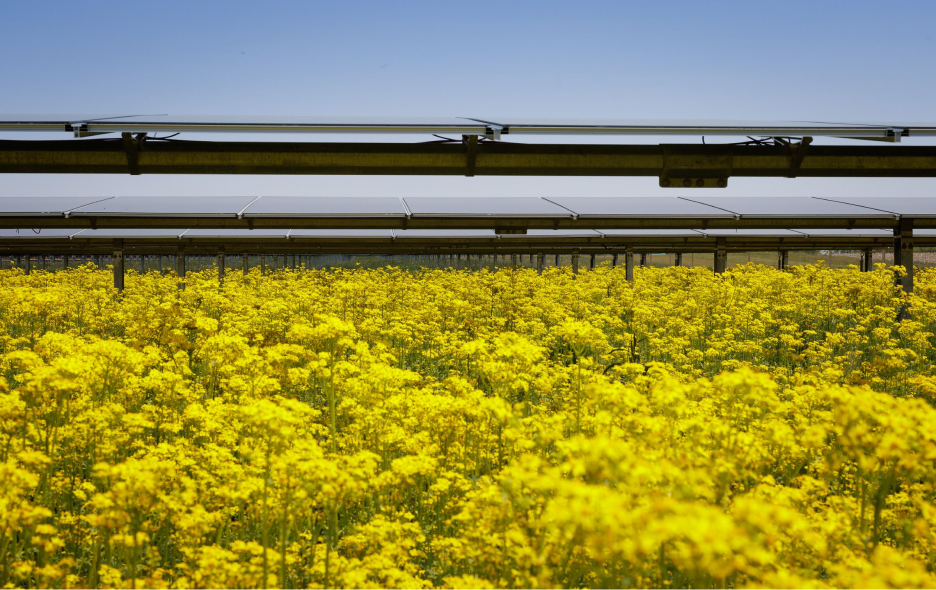

Agriculture + photovoltaics,
in harmony
Solar farms grow more than electricity. Livestock, crops, and native species can all live in the wide green spaces between and underneath rows of solar panels.
Sheep grazing and beekeeping are both common and successful forms of agrivoltaics (Agri-PV) working at solar projects. Fruit and vegetable crops are also being explored, with potential for so much more.
The benefits of keeping agriculture alongside electricity generation are many:
- healthy soil and ecosystems
- natural and effective vegetation management
- dairy, meat, and wool produce for local markets
- reliable income stream for farmers
Successful Agri-PV means healthy land, happy livestock, and increased, diversified revenue to improve farm resilience.

Find out more about agrivoltaics
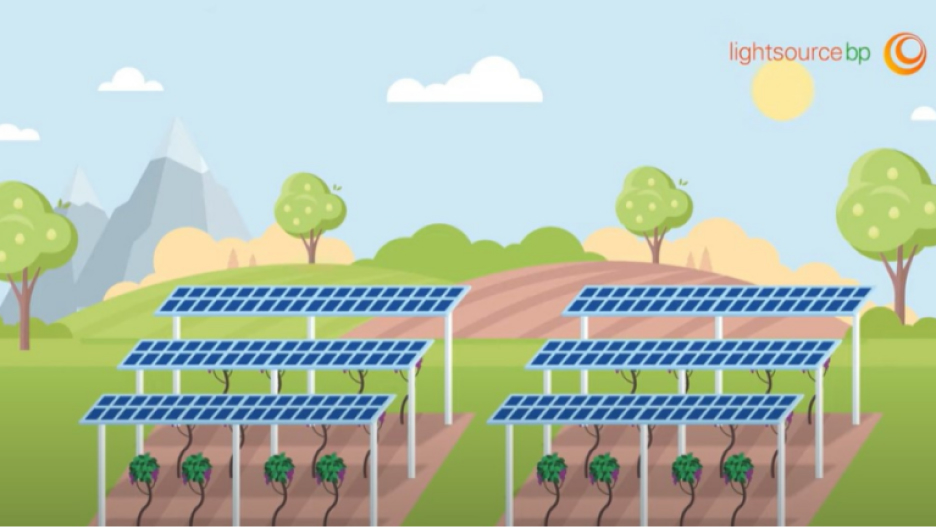
Watch: Agrivoltaics explained

Watch: Reviving sheep farming in the US

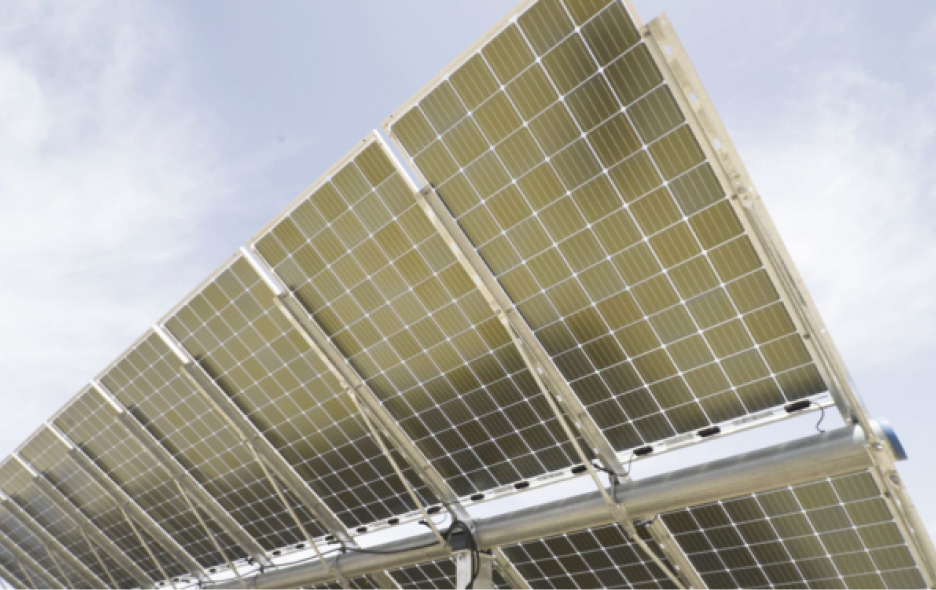
100MW fishery solar farm in Budai, Taiwan
The 100MW solar PV project in Budai Township, will be one of the largest fishery solar farms in Taiwan. Once constructed, the project will produce 210,000MW of renewable electricity a year.

